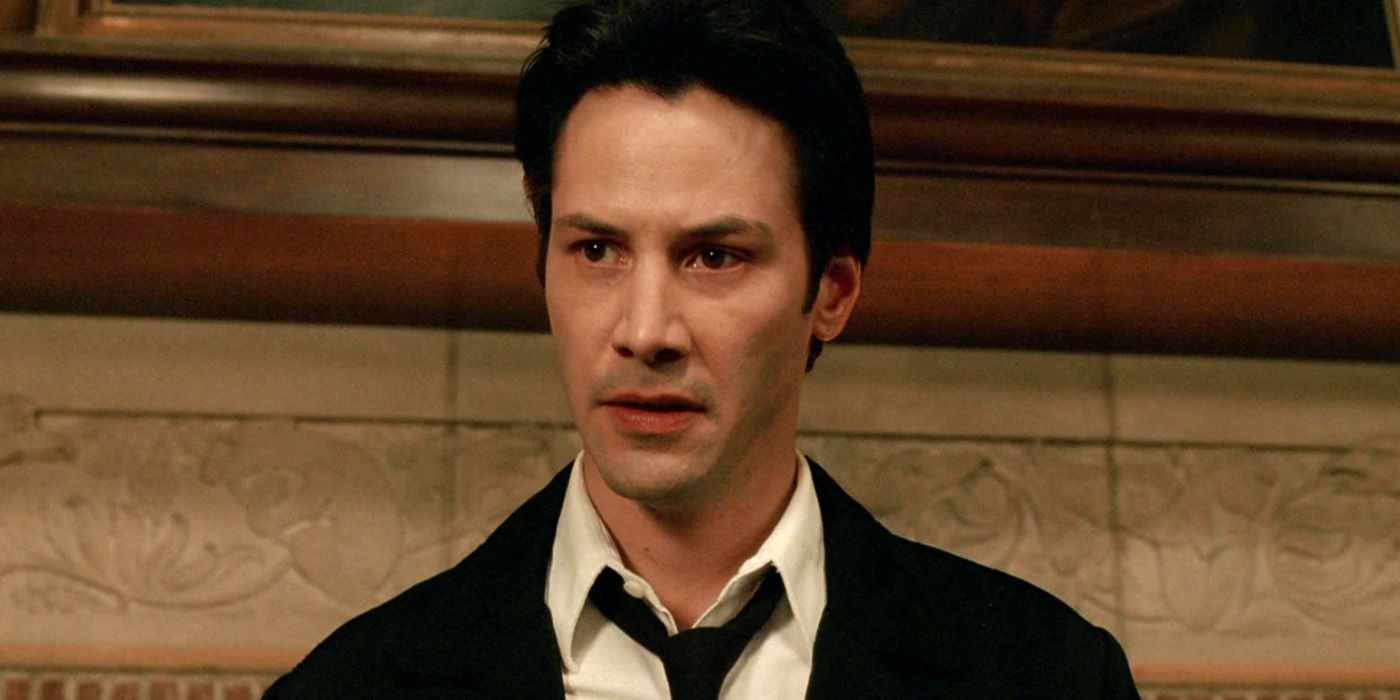

In 311, Galerius had made a similar edict, though it did not return any property to them.Ĭonstantine did not support Christianity alone. The edict not only protected Christians, but gave freedom of religion to all, allowing anyone to worship whatever they wanted. It also returned the property which had been taken away from them. This stopped people from punishing Christians, who had often been martyred.

The edict said that Christians could believe what they wanted. In February 313, Constantine met with Licinius in Milan where they made the Edict of Milan. 1000Ĭonstantine is perhaps best known for being the first Christian Roman emperor. Religious rulesĬonstantine the Great, mosaic in Hagia Sophia, c. He went on to organize the whole Catholic Church at the First Council of Nicea, even though he himself did not get baptized until near the end of his life.Ĭonstantine was also a big part of the beginning of the Orthodox religion, after changing the point from which he ruled from Rome to Byzantium. In pagan Rome before this, it had been against the law to believe in Christianity, and Christians had been tortured or killed, but Constantine protected them. When he saw a cross in the sky with the words in hoc signo vinces ( Latin for "in this sign you shall conquer"), he changed his deity from Apollo to Jesus and won the battle. As emperor, he named the city Constantinople, which means "City of Constantine" in Greek.īefore Constantine became Emperor, he was fighting for the throne at the Battle of Milvian Bridge. He made the previously named city Byzantium (now Istanbul, Turkey) capital of the whole Roman Empire. Constantine I (27 February 272 – 22 May 337 AD) was a powerful general who reigned over the Roman Empire as emperor, until his death.


 0 kommentar(er)
0 kommentar(er)
